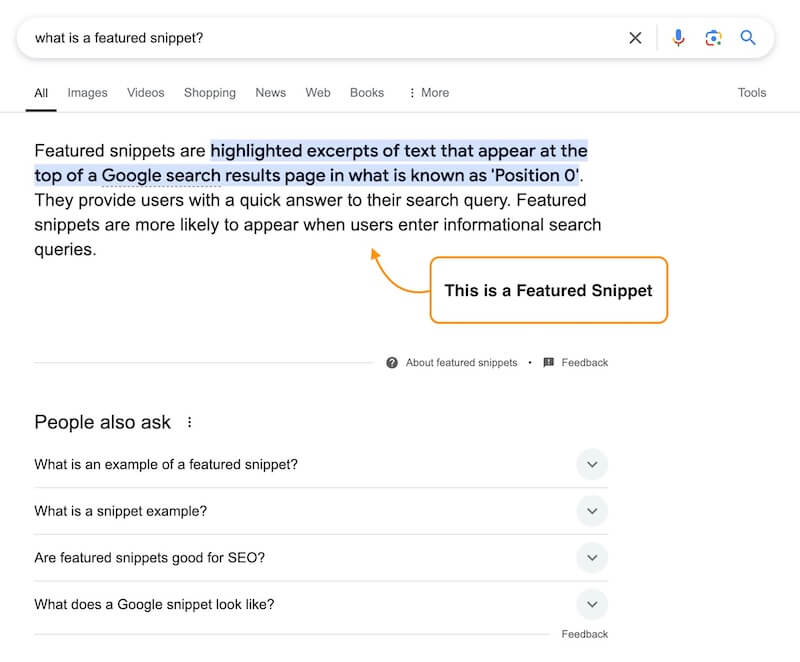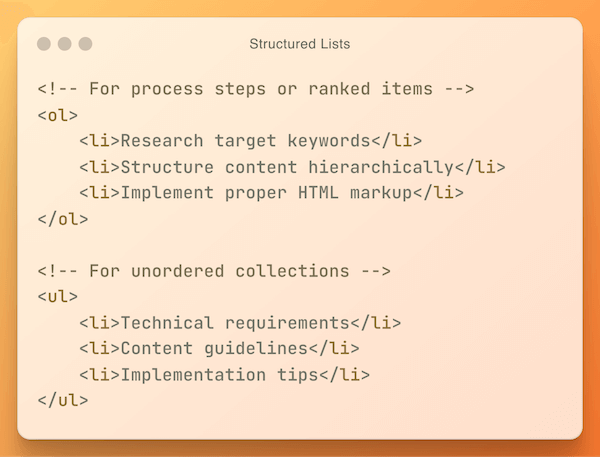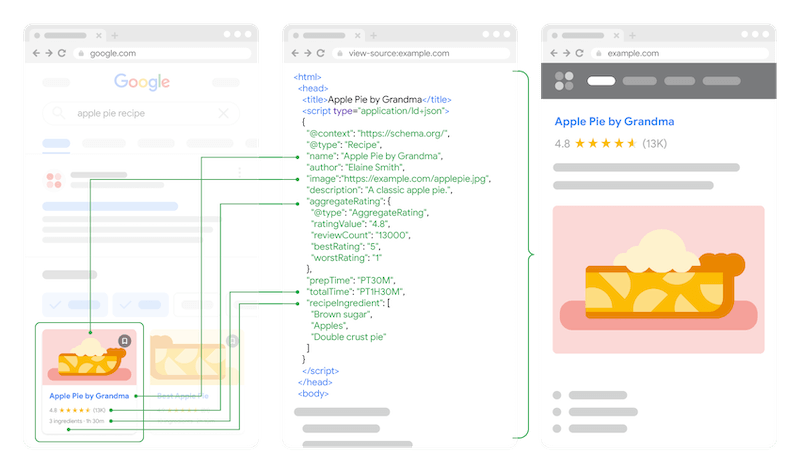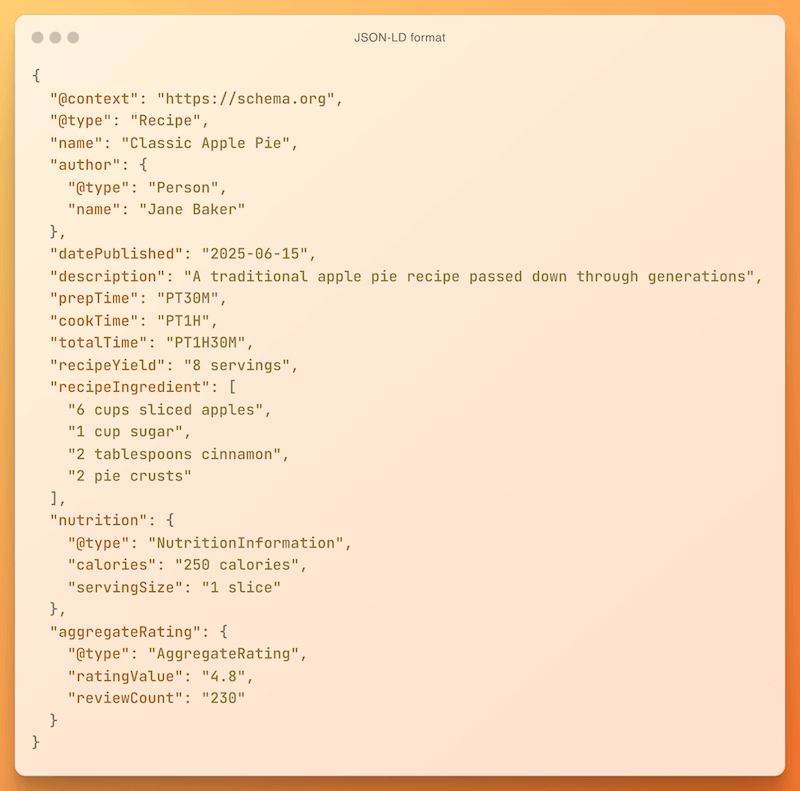In today’s digital marketplace, visibility is everything. Featured snippets—those prominent answer boxes at the top of Google search results—can be your ticket to dominating search results.
What Are Featured Snippets?
Featured snippets are prime real estate in Google search results, appearing above traditional listings in “position zero.” They represent Google’s attempt to provide immediate answers to user queries directly on the search results page. Our team previously explained in SEO for Non-Techies, that SEO is fundamentally about helping “Google match your searches typed into Google with the right suggested web pages that have the answers/products/services you were looking for”. Featured snippets take this concept to the next level by highlighting the most relevant answers directly in search results.

Understanding Snippet Sources
Featured snippets aren’t limited to just standard web pages. Here’s where Google finds its snippet content:
Visible Webpage Content
- Standard webpage text
- Headers and subheadings
- Clearly formatted lists and tables
Hidden Content
- Expandable FAQ sections
- Accordion menu content
- Tab-based content
- Content in special HTML meta tags
Document Sources
- PDF files
- Google Docs
- Downloadable resources
The Reality of Snippet Control
Google’s official stance is clear: there’s no direct way to mark content for featured snippets. While you can’t guarantee snippet selection, you can influence it through:
- Quality content that answers specific questions
- Proper content structure
- Technical optimization
- Regular updates
As noted in our SEO article, this aligns with Google’s broader approach of rewarding websites that consistently publish and maintain quality content.
While creating quality content is fundamental, the technical implementation of that content plays a crucial role in how Google understands and displays it. By focusing on proper technical optimization, you can significantly improve your chances of earning featured snippets.
Technical Optimization for Snippets
While SEO best practices are important, technical optimization focuses on clarity and accessibility, ensuring your content is easily digestible for both search engines and users. Let’s explore the key technical components that can help your content stand out and earn featured snippets.
Content Structure Essentials
Proper HTML structure is crucial for featured snippet optimization. Let’s break down each structural element and understand why they matter:
Heading Hierarchy
Your content’s heading structure serves as a roadmap for both users and search engines, creating a clear content hierarchy that helps Google understand and extract relevant information. Think of it as creating an outline of your content – H1 represents your main topic, H2s break it into major sections, and H3s further divide those sections into specific points. This structured approach not only improves readability but also increases your chances of being selected for featured snippets.

Best Practices:
- Use only one
<h1>per page (typically your main title) - Maintain logical nesting (don’t skip levels)
- Keep headings descriptive and keyword-rich
- Structure H2s and H3s to answer specific search queries
Structured Lists
Lists are frequently featured in snippets, especially for how-to queries and step-by-step instructions. Google particularly favours well-structured lists because they provide clear, scannable information that directly answers user queries. When your content includes properly formatted lists, it’s more likely to be pulled into featured snippets for queries that seek step-by-step guidance, comparisons, or collections of related items.

Best Practices:
- Use
<ol>for sequential steps- Step-by-step procedures
- Ranked items
- Process workflows
- Use
<ul>for unordered collections- Product benefits
- Related items
- Keep list items concise (ideally 5-8 words)
- Maintain consistent formatting and punctuation
Meta Descriptions: Your Page’s Elevator Pitch
While page structure tells search engines how to read your content, meta descriptions tell them what your content means. Meta descriptions play a dual role in featured snippets: they help Google understand your content and convince users to click through. When crafted well, Google may choose your meta description over page content for featured snippets.
If you’re using WordPress, you’re in luck. Popular SEO plugins like Yoast SEO and All in One SEO handle the technical heavy lifting. You’ll typically find meta description fields in the post or page editor screens.
Writing Effective Meta Descriptions
Best Practices:
- Write unique descriptions for each page
- While it may be convenient to duplicate descriptions across pages, each page deserves its own unique description. You worked hard on your content—let your descriptions reflect this.
- Focus on value rather than keywords
- Avoid keyword stuffing. Instead, write accurate and concise descriptions that provide real value to users.
- Keep descriptions informative yet concise
- Nobody wants to read an essay in your meta description, not even the bots from Google. Current best practice is 150-160 characters.
- Include relevant page details
- Ensure your description accurately reflects the page content. A mismatch between description and content confuses both users and search engines.
For detailed examples of effective meta descriptions and what to avoid, check out Google’s official documentation on meta descriptions.
Taking It Further: Structured Data Markup
While proper HTML structure and meta descriptions form the foundation of SEO, structured data markup is your secret weapon for standing out in search results. Think of it as speaking Google’s language; it helps search engines understand exactly what your business offers, who you serve, and why you matter.
What is Structured Data?
Structured data is a standardized format (created through Schema.org) that tells search engines specific details about your content. Created collaboratively by major search engines (Google, Microsoft, Yahoo, and Yandex), Schema.org provides a standardized vocabulary that helps search engines understand your webpages content.
For a businesses websites, structured data can communicate crucial information such as:
- Professional services
- Product specifications
- Business hours
- Customer reviews
- Contact details
Understanding the Difference: Featured Snippets vs. Structured Data
While both featured snippets and structured data help improve your search visibility, they serve different purposes and work in different ways:
Featured Snippets
- Appear at the top of search results in “position zero”
- Selected automatically by Google based on content quality and relevance
- Pull directly from your webpage’s visible content
- Don’t require special markup
- Typically appear for question-based searches
- Example uses: How-to guides, definitions, step-by-step instructions
Structured Data
- Enhances regular search results with additional information
- Requires specific markup (JSON-LD format)
- Must be explicitly added to your website
- Creates rich results (not featured snippets)
- Helps search engines understand content context
- Example uses: Business information, product details, service offerings
Let’s look at how structured data works in practice. Here’s an example from Google’s documentation showing how recipe information can be structured:

Think of it this way: Featured snippets are like getting quoted in a newspaper article—Google chooses what to highlight based on relevance. Structured data is like filling out a standardized form—you’re telling Google exactly what each piece of information means.
Implementation Made Simple
For WordPress Users:
- Start with SEO plugins like Yoast SEO or All in One SEO for basic implementation
- Use specialized plugins for specific needs (e.g., event calendars, product catalogs)
- Consider custom implementation for complex business needs
For Custom Websites:
Google prefers structured data in JSON-LD format, which can be implemented by your development team or SEO partner.

Quality Control
Before publishing your content, it’s a good idea to validate your structured data using Google’s free tools:
- Rich Results Test: Ensures Google can read your markup
- Schema Validator: Confirms proper formatting
Need help implementing structured data for your business? Contact our team for a structured data audit and implementation plan.
https://unsplash.com/photos/person-using-black-laptop-computer-eMemmpUojlwPhoto by Firmbee.com on Unsplash

Share This Article